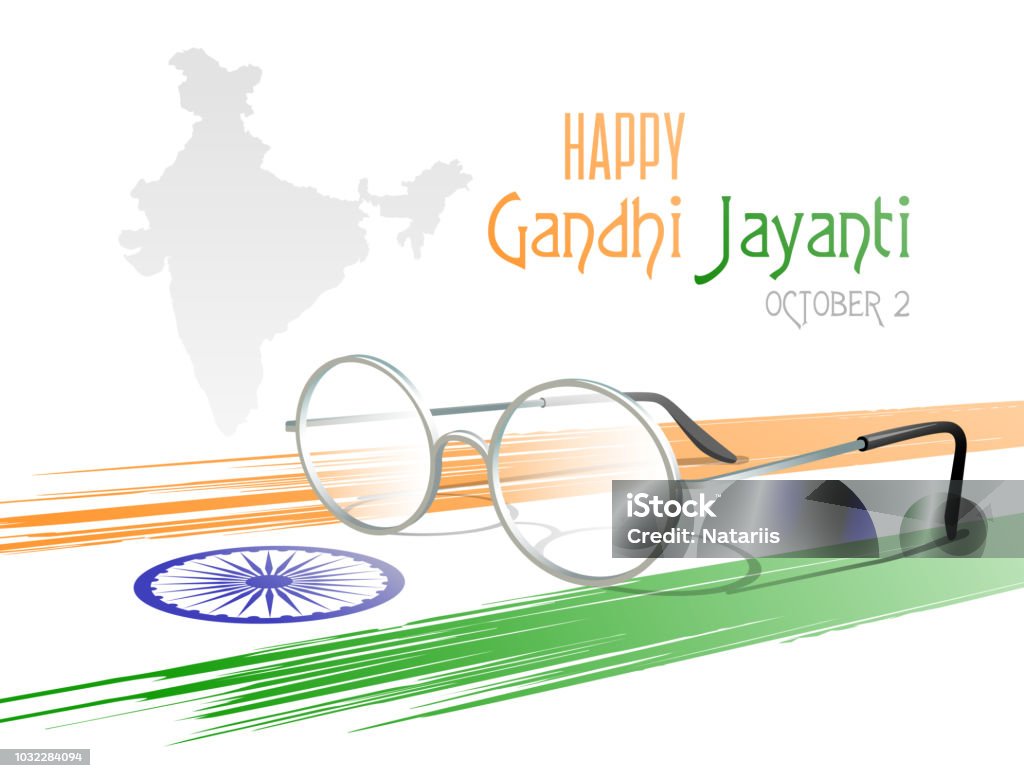CHHATH: CULTURAL IDENTITY OF BIHAR
- Post By PoliticIndia.com on
- 2014-10-29 01:07:14
Khagendra Kumar, Chief Editor
In Chhatha Puja, perhaps Bihar gets its best identity. It is very difficult to find evidences for faith and at the same time it is also impossible to falsify reasons for faith that is religion all about. It is established fact that sun is the source of all kinds of energy and life is simply not possible without it. Although history of sun worship is as old as human civilization but modern Bihar�s organized worship of Sun God which is popularly known as Chhath puja got prominence not only in India but abroad too. The festival continues for four days. The festivity started from Diwali continues till Chhath. Almost all educational and other government establishments in Bihar and Jharkhand are closed from Diwali to Chhath. The festival is celebrated at river banks, ponds, wells and other sources of water. Bananas, coconuts, sugarcanes, other seasonal and local fruits, turmeric and ginger plants, pakwans made of flour etc. are put in bamboo soops and carried to above water sources in baskets where worshipper on fast pay obeisance to the rising and setting sun by holding soop filled with fruits and pakwans standing in water. All other members of the family , relatives, neighbourhood and people gathered at ghats (river banks or ponds or other water sources) pour water and milk (arghya) infront of the soop held by the worshipper on fast (parvaitani) facing the setting and rising sun respectively. The festival has great significance for all of us. The festival reminds our harmonious relationship with nature. It reminds us the importance of we- feeling and sharing joy and happiness together . It teaches us great lessons in community involvement in cleaning and decorating roads, ghats, surrounding areas apart from own houses. Prolonged fasting of 36 hours by the worshipper signifies her total submission to the deity which is the source of all energy on earth. The sun is the most powerful natural force that sustains our life. The festival is ritual free and simple. The rich and the poor celebrate Chhath puja alike as all are bound by its simplicity. Setting sun is worshipped first and rising sun later in Chhath puja. Message of a humane society is loud and clear. The message of Chhath is our real tradition carried since ancient days. We had the honour of guiding and preaching the world. We had world famous ancient seat of higher learning like Nalanda and Vikramshila. We initiated great egalitarian and progressive traditions like Buddhism and Jainism around 2000 years earlier. We developed traditions of worshipping nature and our people living closely with nature developed harmonious relations with it. �Dedication and adoration of sun occurred primarily in agrarian societies. When became a farmer , and thus dependent upon daily and seasonal changes of weather, he often turned to worship the great force that regulated these changes- the light and heat of the sun. The worship of the sun, is not peculiar to any time or place, received its greatest prominence in ancient Egypt. One of the most important gods of Egyptian religion was Ra, the sun-god, who was considered the first king of Egypt. The pharaoh, said to be the son of Ra, was the sun-god's representative on earth. In later Egyptian religion, under the rule of Ikhnaton, the sun-god Aton gained complete supremacy in what was Egypt's only monotheistic period. In Mesopotamia, where sun worship was also very important, the sun-god Shamash was a major deity and was equated with justice. In Greece there were two sun deities, Apollo and Helios, although there was no institutionalized form of sun worship. The influence of the sun in religious belief also appears in Zoroastrianism, Mithraism, Roman religion, Hinduism, Buddhism, and among the Druids of England, the Aztecs of Mexico, the Incas of Peru, and many Native Americans. (The Columbia Electronic Encyclopedia, 6th ed. Copyright 2012, Columbia University Press.) WISHING YOU ALL A VERY HAPPY CHHATH







